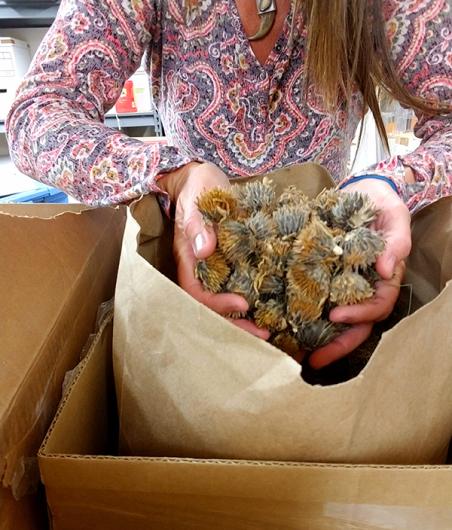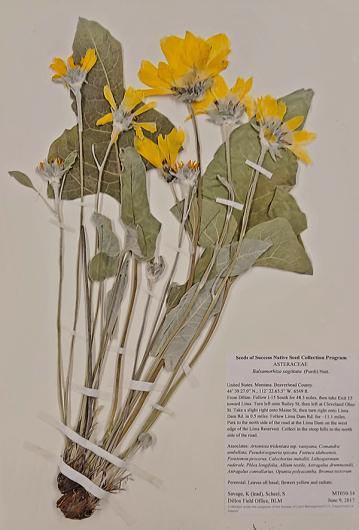Related Stories
- 11-year-old Touren Pope discovers ancient turtle fossil on BLM land in Wyoming
- Rural wildland firefighting partners grateful for BLM gift
- Lake Havasu Fisheries Improvement Program: Thirty years of stewardship, science, and community
- Monument map earns ‘finalist’ honors in global GIS awards
- BLM Fire and National Conservation Lands managers collaborate to meet shared goals
Office
1005 Selway Dr.
Dillon, MT 59725-9431
United States


